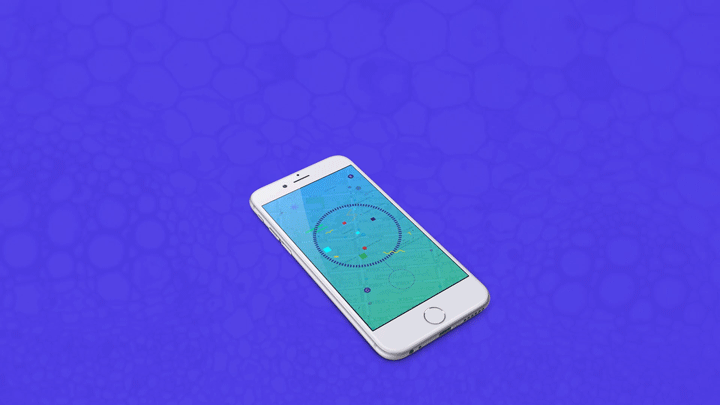ATTO: An Exploration Between Movement and Design
“We live in a universe that is in constant motion. Whether we are running, driving, working, playing or even sleeping, our every action designs the world we live in—from microscopic, to inter-planetary.”
So begins Chelsea Stewart’s master’s thesis, Atto: An Exploration Between Design and Movement, which investigates opportunities for movement to shape design, and for design to shape movement. From simple actions to complex systems, Atto aims to find a design narrative between people, objects, and the information moving around us.

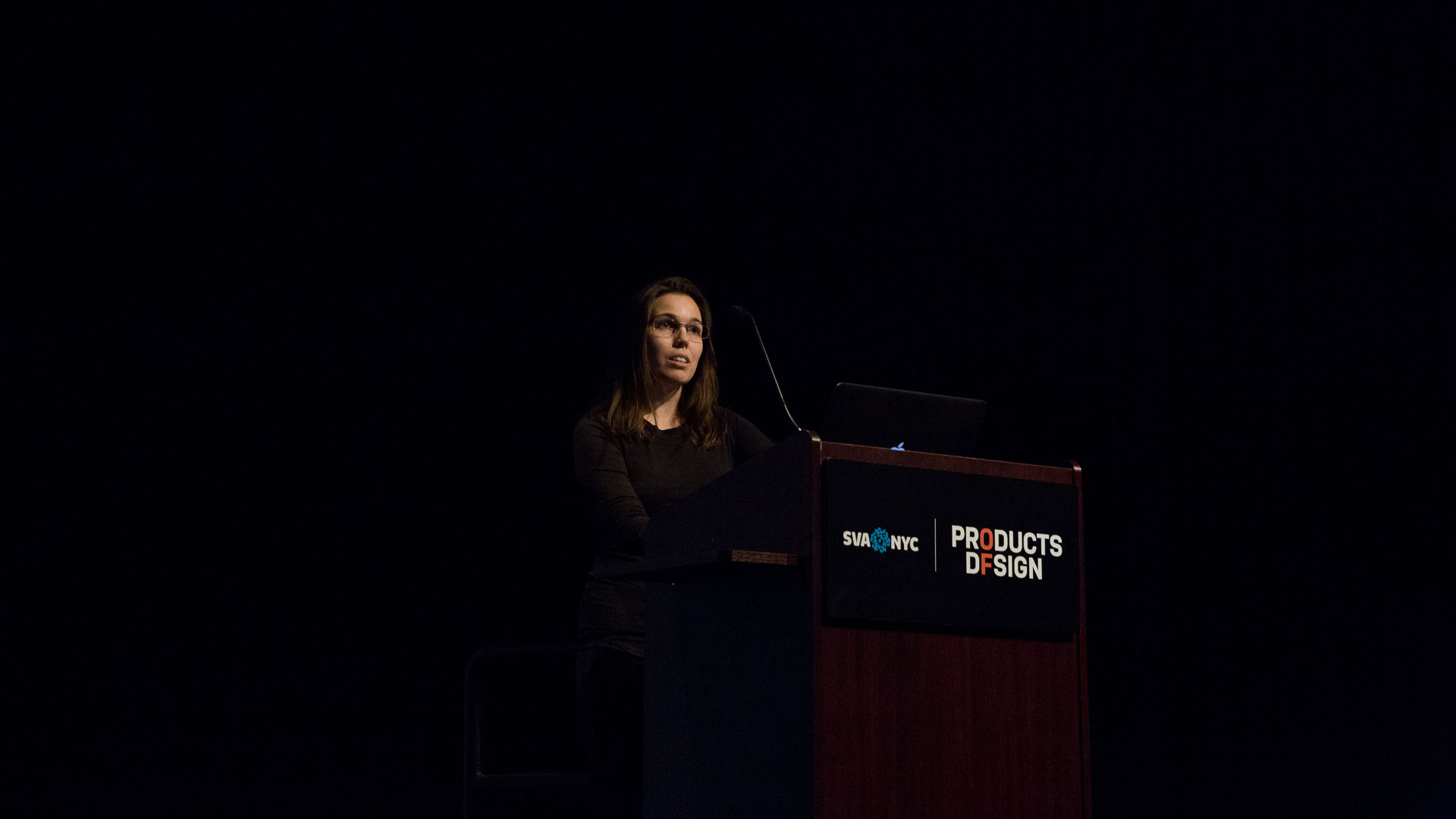
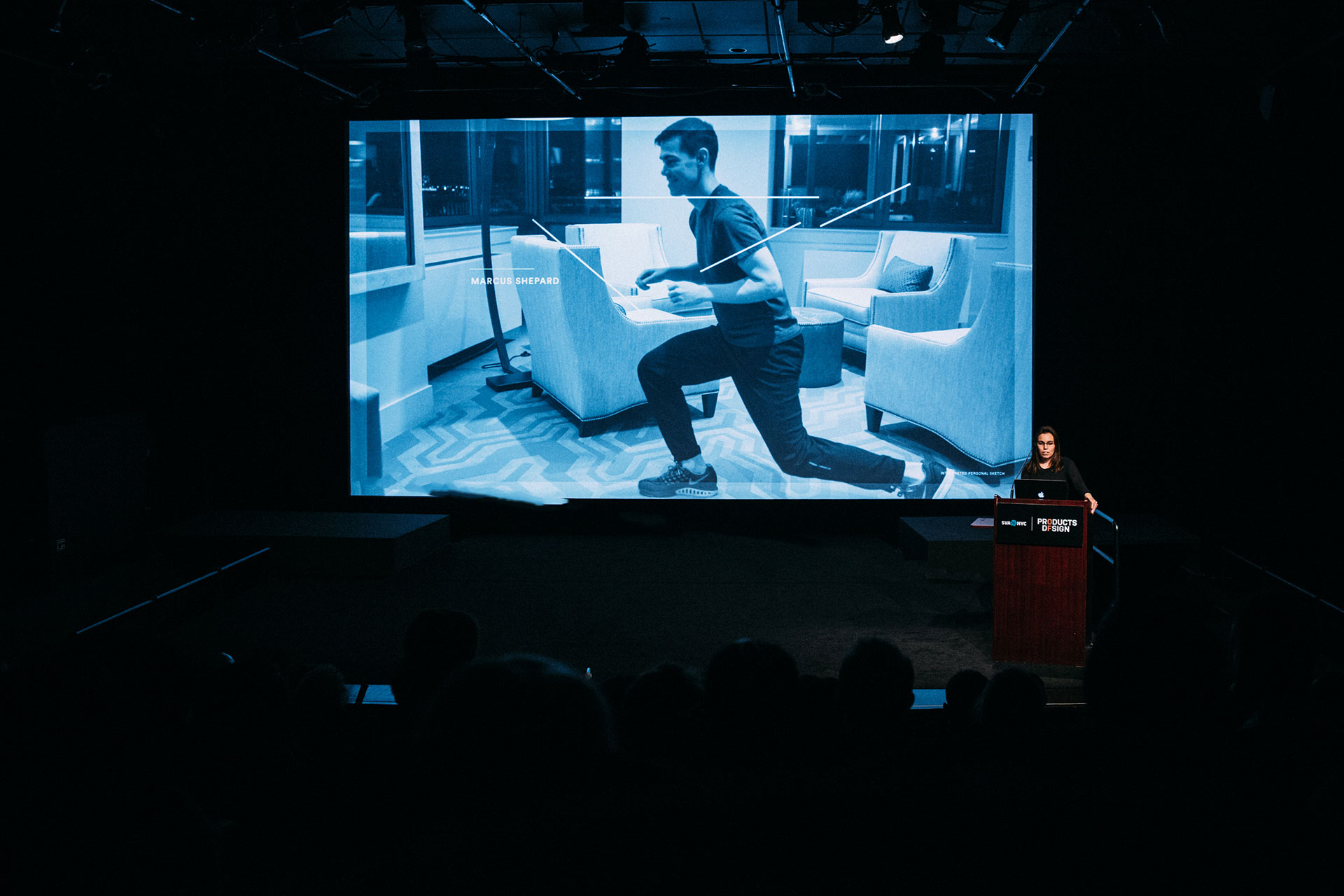


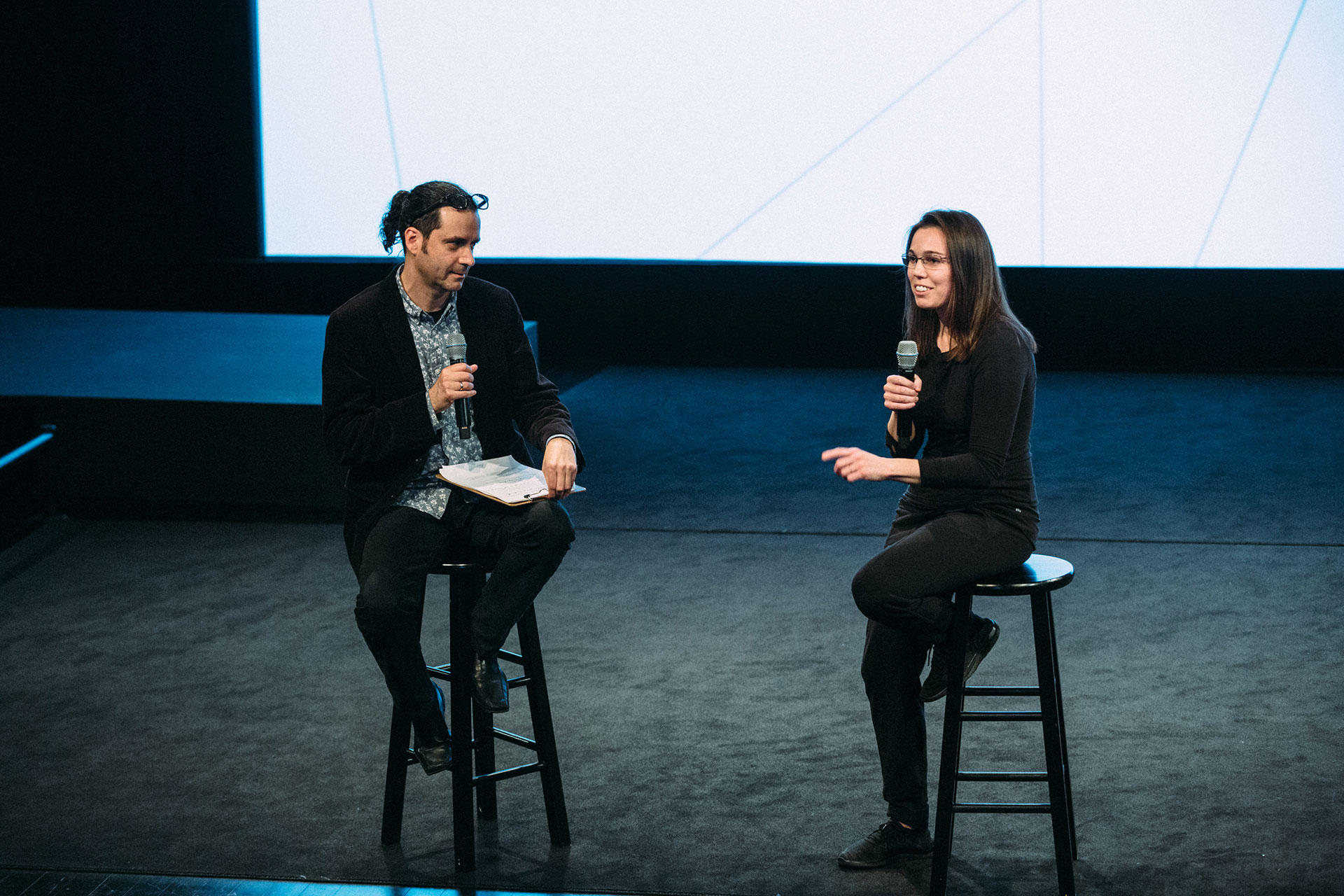

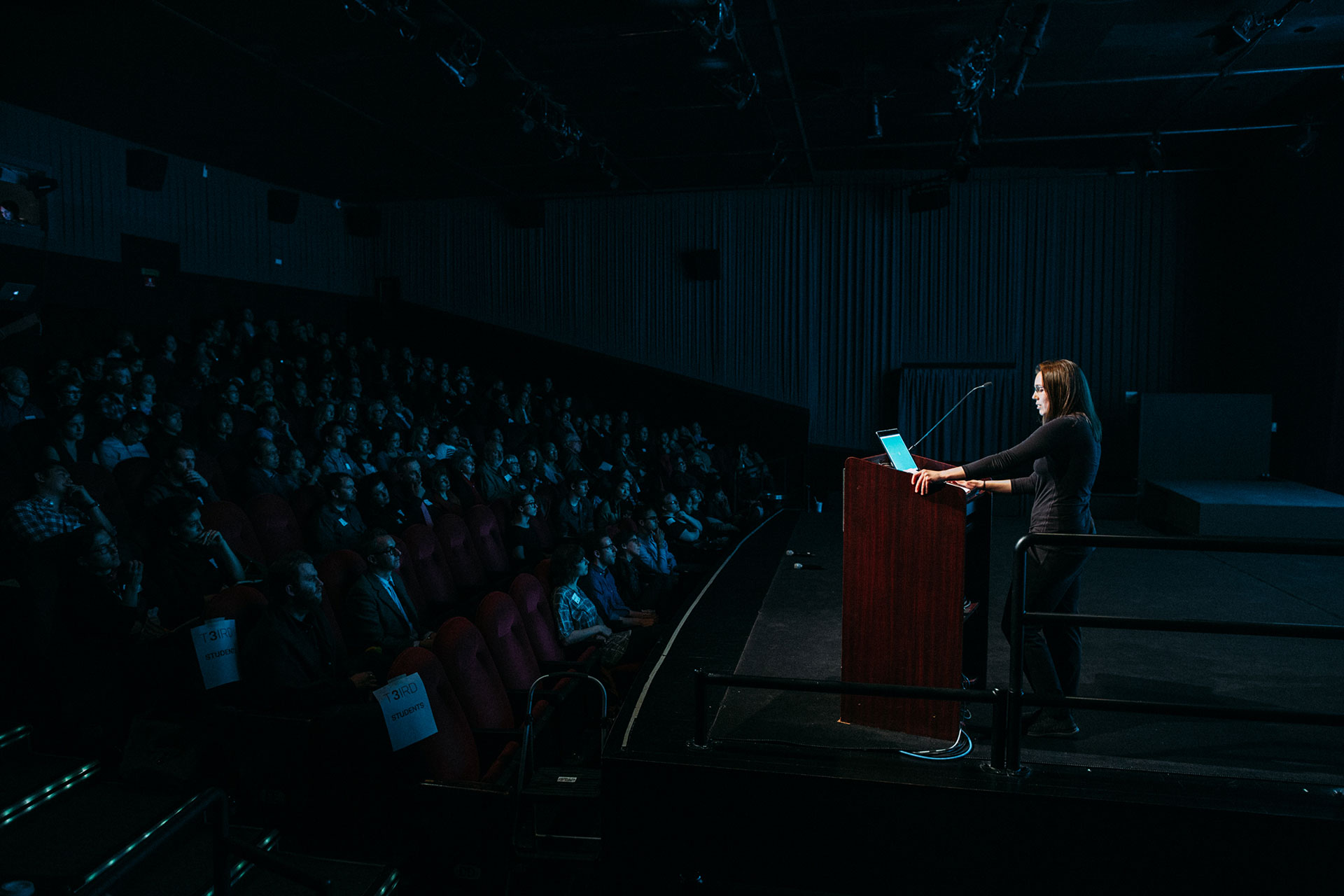
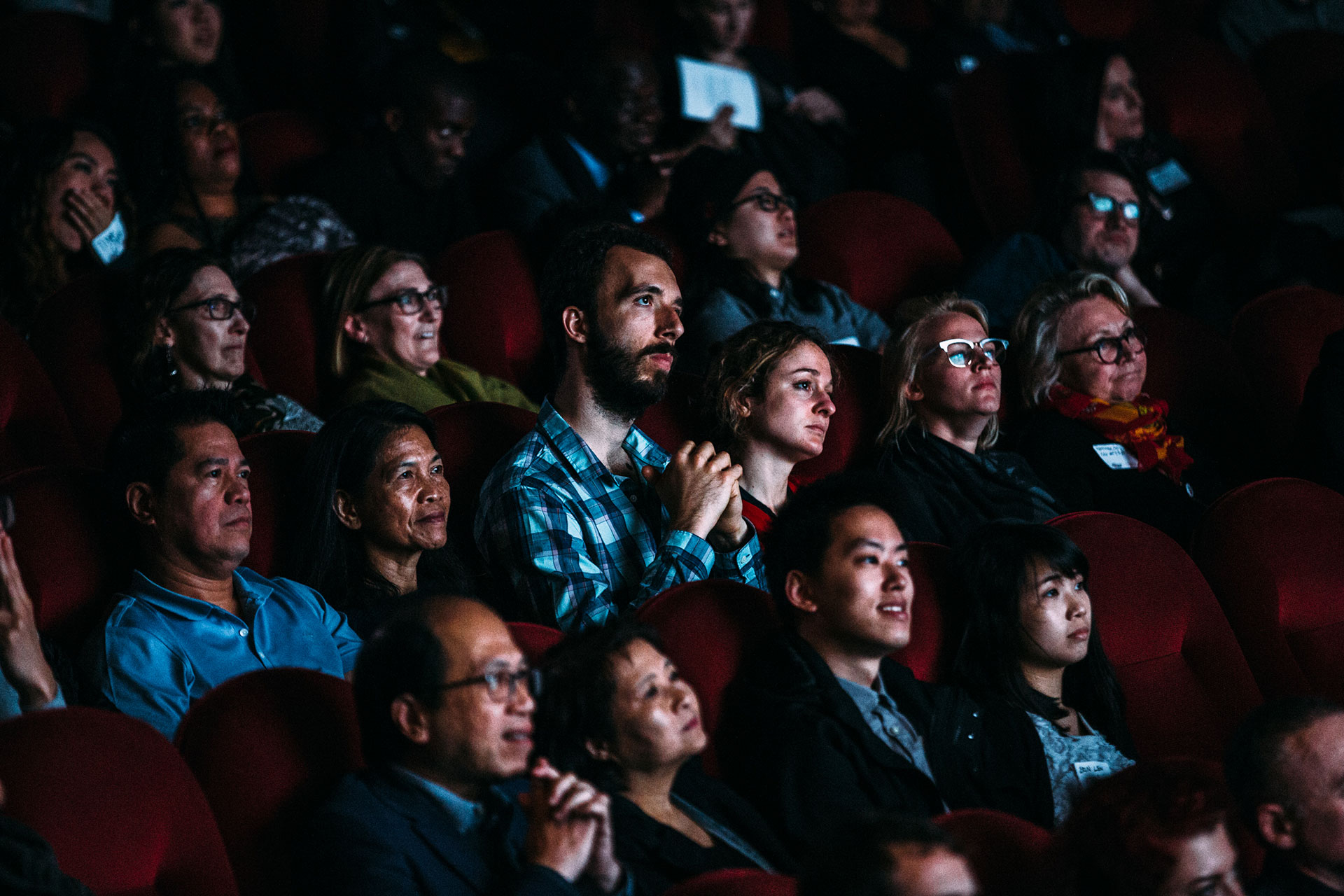
“Our actions and design decisions are delicately balanced with our physical and cognitive states, and between with our analog and digital products,” Chelsea argues. “The interrelationship between these states creates an opportunity to use design in new ways. Atto focuses on understanding and creating projects around the different scales of movement that surround us.”
Chelsea attributes her love for movement to her dad, who, when she was little, would take her for Sunday drives. “Growing up in Arizona and New Mexico is something special; we would drive for hours and see so much life happening around us. It was truly where my interest in design began, and the balance between natural and human-made was very inspiring to a young girl. We would weave between the narrow turns and down long straights as if we were dancing in a world all our own.”
These moments deeply effected her, and increased her desire to find other things that kept her in motion. She began playing soccer, and loved the fast thinking, systematic structure of “seeing the unknown”—something she believes designers constantly need to be able to do.
Atto abstracts the relationships between our actions, the systems they create and the people they affect by using design as a platform for exploration.
Chelsea’s research and inspiration came from multiple areas of interest—from migration patterns and scientific theories of movement, to typography and data visualization. Amongst those influential to her thesis were Edward Muybridge, Martha Graham, Jacques Tati, Buckminster Fuller, Craig Ward, Roger Deakins, and Nicholas Felton—all of whom have very different interpretations of what contributes to our actions.
The results varied widely, but one thing was abundantly clear: movement is contagious.
Micro-Observations
Chelsea set out to observe the micro-actions of two people interacting with one another using experience design. Participants were given a series of prompts. First they were asked to mirror one another, and to make quick movements to test their reaction times. This exercise helped to illustrate engagement and personal interpretations of the physical states of motion. Next, the participants were asked to mimic one another, and to then tell the moderator how they felt when engaging in the activity. Lastly, they were asked to move about the room freely, and to record how they felt though simple line drawings. The results varied widely, but one thing was abundantly clear: movement is contagious.
FLOC shows the macro-actions happening all around us—but through a microscopic lens—giving the user a new perspective of how all of these actions, these movements, come together.
FLOC
FLOC is a geolocation app which finds instances of small actions happening in the specific radius of the user. The app takes all the things in motion around the user and abstracts them into form of differing shapes and colors. The content pulls from multiple sources: Instagram posts, friends in the area, passing taxis, subways under ground, or airplanes and helicopters overhead. The FLOC app connects the physical, social, and digital aspects of our cities’ systems.
What’s interesting here is that FLOC shows the macro-actions happening all around us—but through a microscopic lens—giving the user a new perspective of how all of these actions, these movements, come together.
Products like Apple Health, Fitbit, and Nike+ are all great ways of creating data sets behind our daily actions, but they can’t physically show us what our actions look like.
TEMPO
TEMPO is a new take on a conventional means of keeping rhythm. Currently, many people engage in ‘quantified self’ tracking—capturing their every movement through mobile devices and platforms. Products like Apple Health, Fitbit, and Nike+ are all great ways of creating data sets behind our daily actions, but they can’t physically show us what our actions look like. TEMPO challenges the traditional roles of our products and smart tracking devices, and makes the digital physical again.
Inspired by the humble metronome (which traditionally keeps rhythm for musicians and dancers), TEMPO harnesses an individual’s personal rhythm and provides a “snapshot view” or “live view” of their day’s activities. Connected through the user’s smartphone or wearable device, TEMPO tracks how fast or how slow your steps are...and mimics them.
Fig. 1
When the user is running in full stride, TEMPO repeats those actions.
Fig. 2
When the user is not necessarily walking—but performing actions such as tying their shoe—TEMPO interprets their actions as smaller rhythms.
“The platform increases the chance that people will be ‘sensorially satisfied’ with their purchases, and will therefore significantly decrease the number of returned items.”
INNATE GOODS
“Shopping online has never been more popular or more commonplace,” Chelsea remarks. “Online shopping has become the easiest way to purchase goods, but with this new convenience comes a lot of waste.” In 2014, the online retail market reached 453 billion dollars in online sales. But almost one-third of all purchased goods are returned. These items are being sent and returned by mail of course—increasing their transport energy. INNATE GOODS is a speculative design platform intervention that reinserts the tactility of an in-person retail experience, with the hopes of reducing online return rates and energy consumption.
Here’s how it works: INNATE GOODS provides a kit to test the consumer’s sensory preferences. For example, if the user would have been in a store when purchasing an item, they may have quickly felt, smelled, or tasted something that told them it wasn’t really what they wanted. In which case the product would have never be bought. With INNATE GOODS, a shopper can instead use the kit—containing three of each smells, tastes, sounds, textures, and patterns—to determine their “favorite” combinations. Once the kit is returned back to the INNATE GOODS lab, the platform creates a personal profile page containing the products that most closely match the user’s preferences. “The platform increases the chance that people will be ‘sensorially satisfied’ with their purchases, and will therefore significantly decrease the number of returned items.”
OTF NYC is an exploration of the movement of people and things in New York City through the lens of type design.
.OTF NYC
OTF NYC is an exploration of the movement of people and things in New York City through the lens of type design. Chelsea asked participants in Washington Square Park to use their feet to write the first letter of their name in a sand-filled platform. “The action was half-familiar, yet half-new,” Chelsea argues, “and encouraged people to think differently about their movements and intentions.” (The project was inspired by Craig Ward’s work around a glyph typeface based on subway bacteria.)
In addition to a creating a new form of typography, the foot actions of each participant revealed their personality: Many participants created simple actions with their feet, but all the while their upper body moved quite rapidly and with larger motions. Others made smaller movements, creating more intricate letterforms.
After her thesis pursuits, Chelsea’s relationship with movement and design remains ever-changing, but she hopes continue her work in finding new ways to reveal and explore their interwoven nature.
Learn more about Chelsea Stewart’s work at chelsea-stewart.com, and contact her at cstewart3[at]sva[dot]edu.






